Tobe
Editor's Column "Craft Production Regions" VOL.4 AD
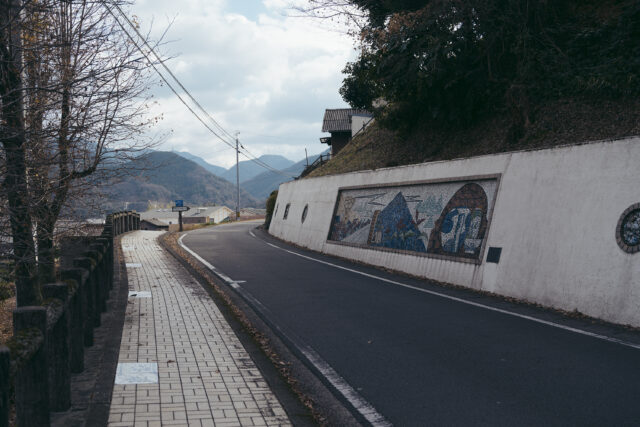

VOL.1-4
Update
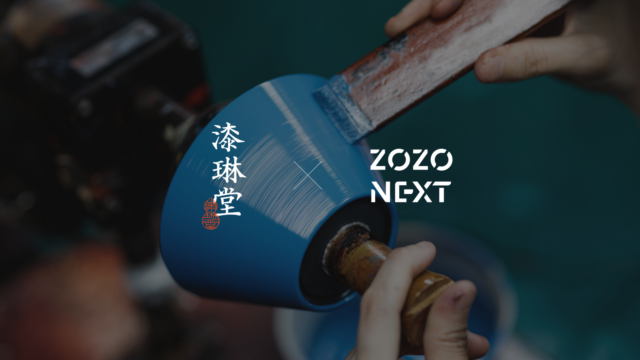
VOL.1-19
Update
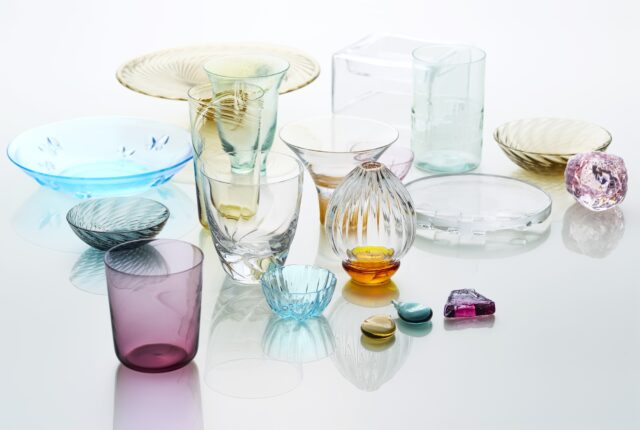
VOL.1-17
Update
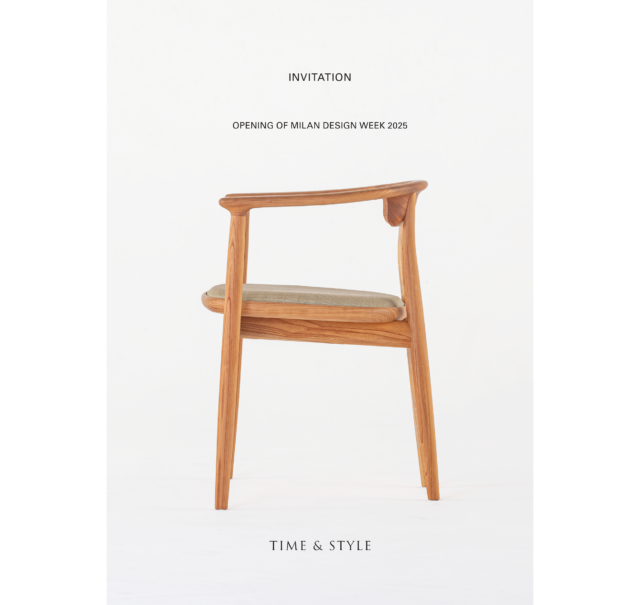
VOL.1-43
Update

VOL.1-2
Update
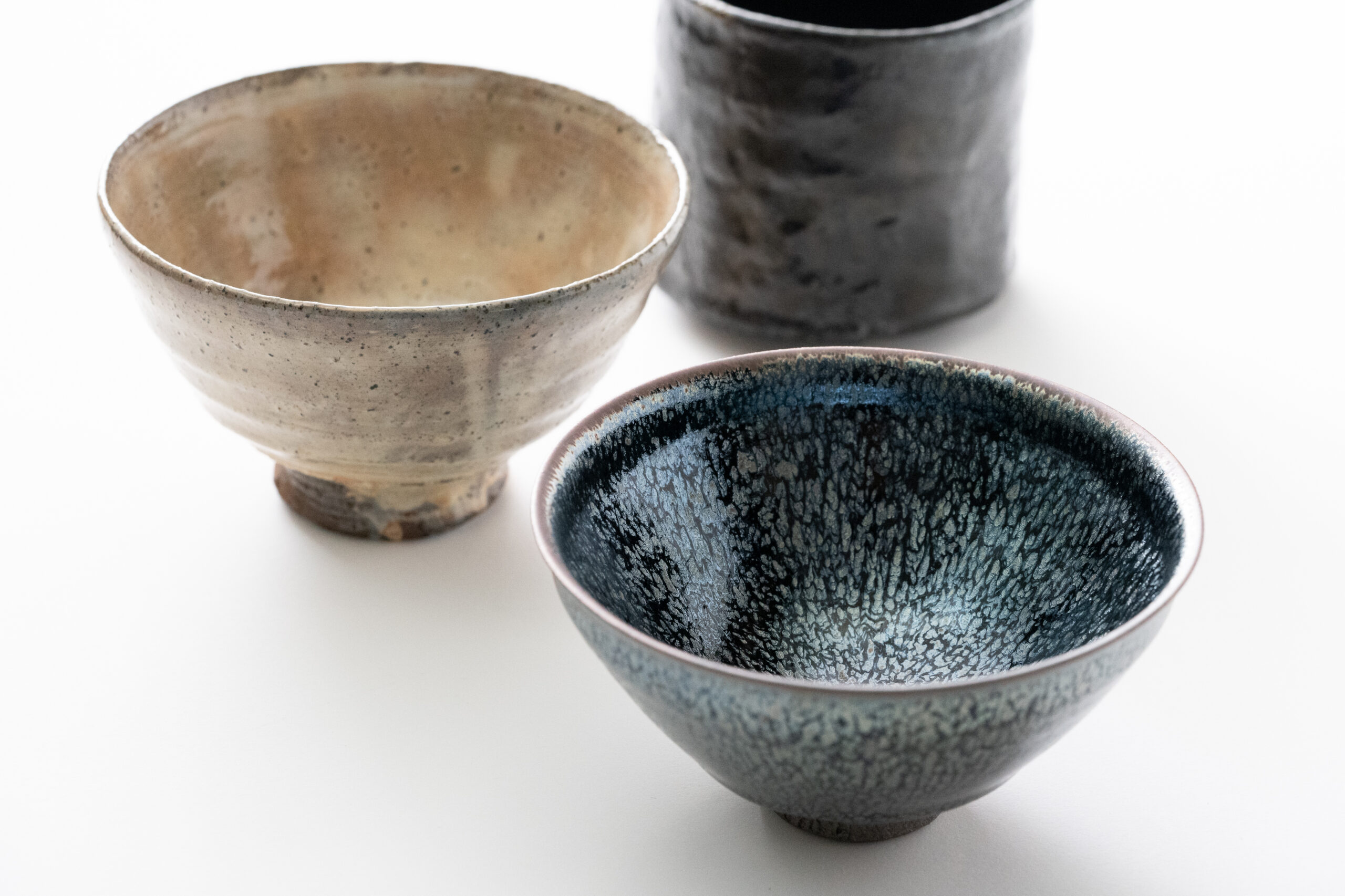
VOL.1-3
Update

VOL.1
Update
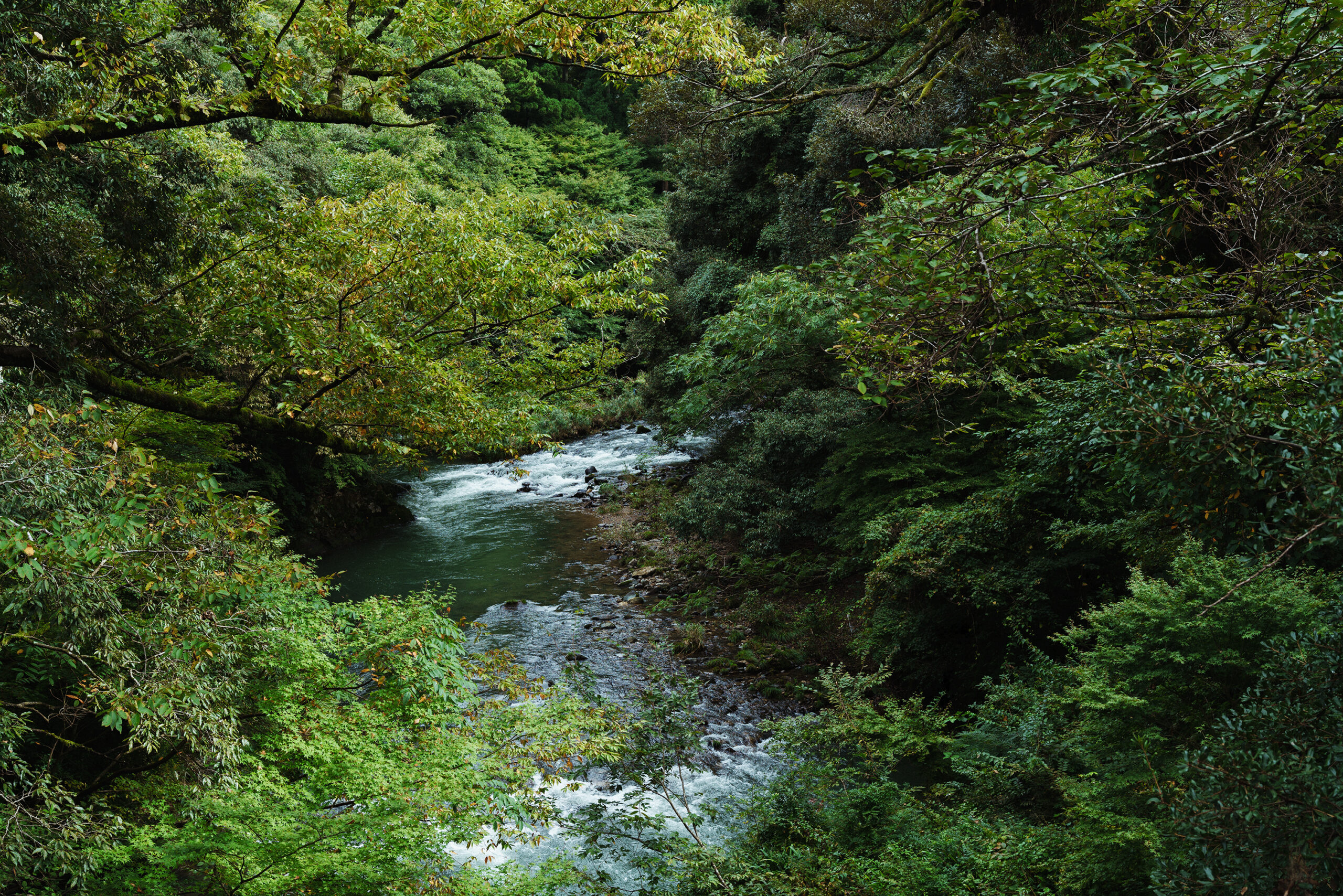
VOL.1-7
Update
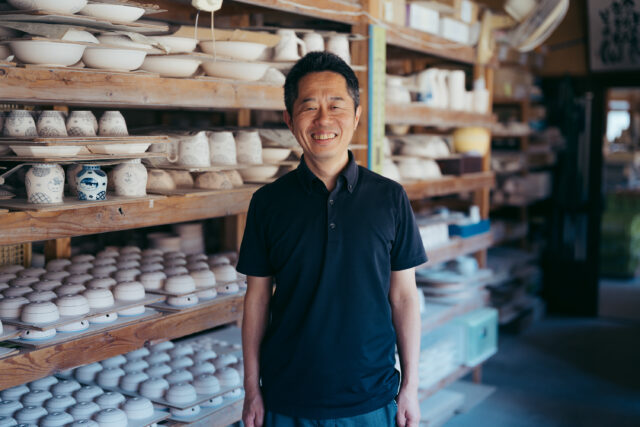
VOL.1-32
Update

VOL.1-26
Update
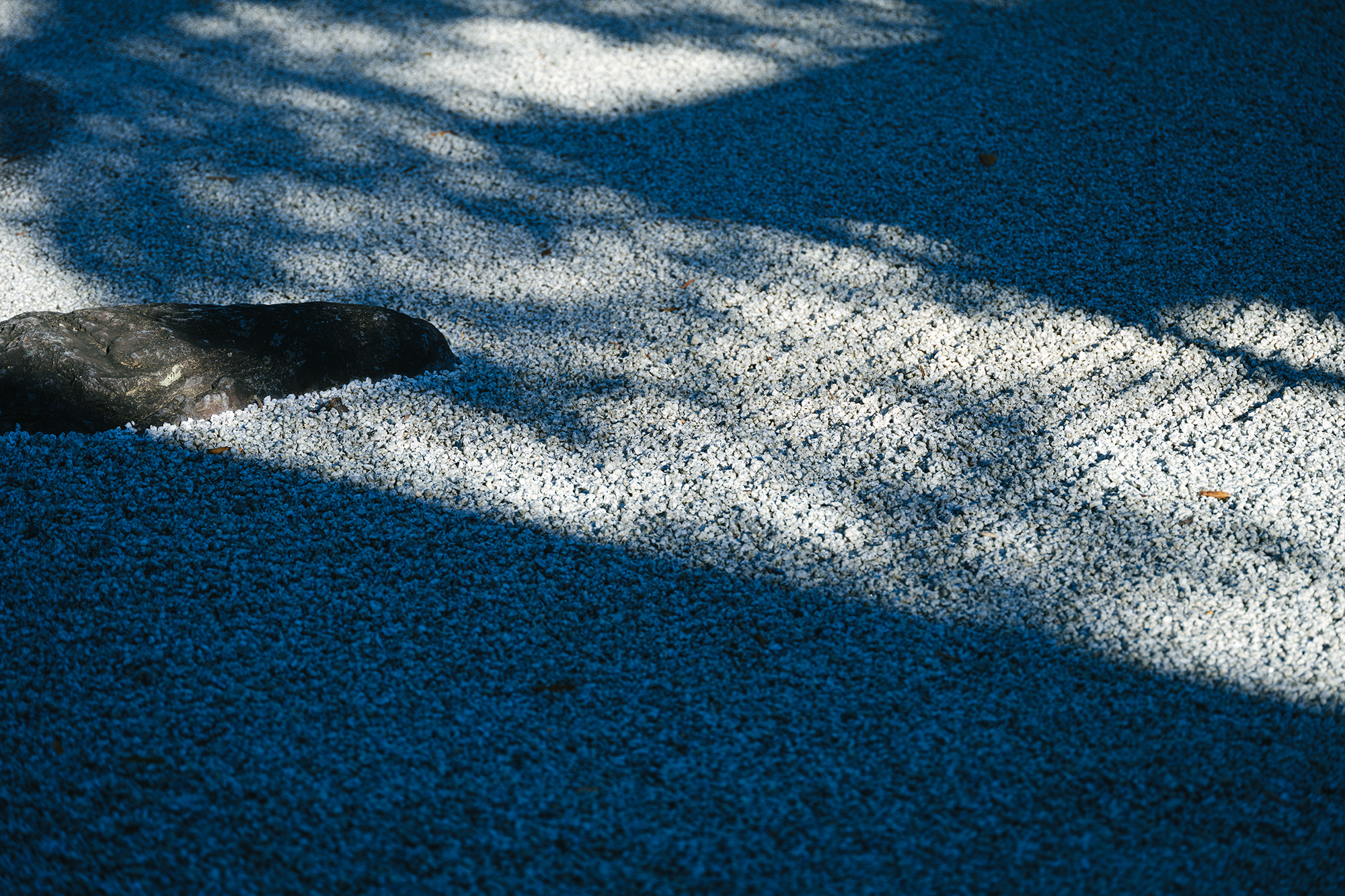
VOL.1-12
Update
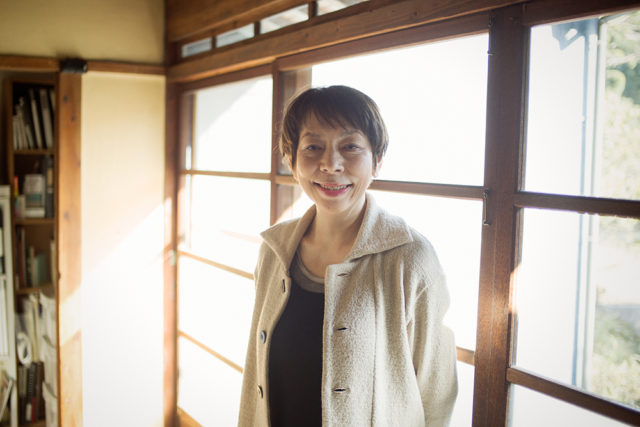
VOL.1
Update
We share a variety of information and perspectives on Japanese crafts, including exhibition information and interviews.
Editor's Column "Craft Production Regions" VOL.4 AD
KOGEI Topics VOL.19
New Products VOL.17
Featured Exhibitions & Events VOL.43
Apr 5 – Jun 22, 2025
SEIKADO BUNKO ART MUSEUM
Apr 8 – May 6, 2025
The Gotoh Museum
Apr 11 – Jun 15, 2025
Kyoto City KYOCERA Museum of Art
Apr 12 – Jun 29, 2025
TOGURI MUSEUM OF ART

Nanbu ironware (Nanbu tekki in Japanese) was first developed in Morioka, Iwate Prefecture during the Edo period (1603 – 1868). These iron kettles, favored by feudal lords who enjoyed the tea ceremony, gained a reputation for delivering boiled water with a mellow taste, and are now known throughout the world.
The lustrous black cast surface, designed in the shape of an abacus ball, is created by pouring molten iron into an elaborately made mold. The iron kettle is fired with charcoal and then burnished with lacquer to finish, which prevents it from rusting. The everlasting beauty stemming from the wisdom and skills of our ancestors has been further refined through the dedication of modern craftsmen, and will continue to be passed on for generations to come.